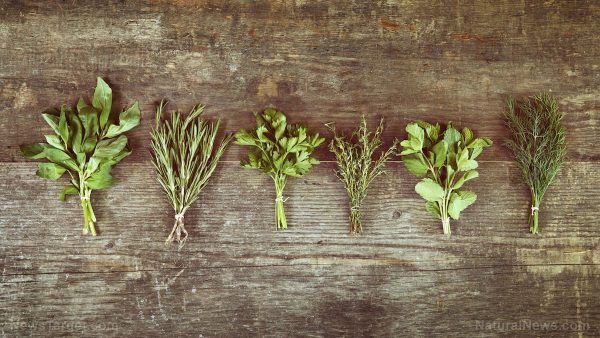
Now, scientists are turning to plants to combat this modern-day scourge. In an article published in the Journal of Ayurveda and Integrative Medicine, they called for the development of business models to support the development of plant-based medicine to address the increasing number of drug-resistant microbes.
The current trend of antibiotic-resistant bacteria could be traced back to a number of factors – these include improper use, overexposure due to antibiotic use in animals, and increasing patient movement around the world. This, in turn, gave rise to conditions such as Vancomycin-intermediate Staphylococcus aureus (VISA), Vancomycin-resistant Enterococci (VRE), Methicillin-resistant S. aureus (MRSA), and ESBL (extended spectrum β-lactamase) enzyme producing Gram-negative bacteria – all of which display antimicrobial resistance. The results are devastating, at best: In the U.S. and Europe, antimicrobial resistance accounts for at least 50,000 deaths a year. If this problem is not addressed, the figure is expected to balloon to around 10 million a year by 2050.
In the study, researchers looked at the possibility of using botanicals to treat antibiotic resistance. Traditional systems of medicine have long used plants to treat various diseases. In particular, plants have "secondary metabolites," which they use as a defense mechanism against potential pathogenic microbes. These metabolites also affect cell signaling and can offer protection against cell oxidation or UV stress.
The presence of these secondary metabolites, according to researchers, affect bacteria during treatment. Compared to synthetic drugs which only reduce the permeability of the cell wall or alter the mechanism responsible for compound movement (efflux), secondary metabolites also address DNA and RNA function in the microbe and interrupt cell communication.
Plant extracts, in particular, may not all be antibacterial, but the can still reduce the virulence factor, or their ability to evade a host's immune system and cause infection, of bacteria. One example identified in the study is the effect of the Indian barberry (Berberis aristata) and the tea plant (Camellia sinensis) on the virulence factor of Pseudomonas aeruginosa, a frequent cause of infection for patients who have been hospitalized for over a week. (Related: Prepper medicine: 7 natural pain-relieving plants.)
That said, the researchers urge further studies to be conducted, as plant-based antibiotics could potentially be used to deal with the growing threat of antimicrobial resistance.
"The efficacy of herbals in treatment of diseases for decades suggests that bacteria, fungi and viruses may have a reduced ability to adapt to a plant based antimicrobial regime," they wrote in their report. "There is an urgent need for new business models to be developed to support development of botanicals to counter drug-resistant microbes as well as regulatory reforms so that clinical development programs are equitable, feasible, rigorous, and clinically relevant."
Some examples of medicinal plants
Additionally, plants are far cheaper than antibiotics, and they won't burn a hole in the pocket. Here are some of the most powerful medicinal plants you'd do well to stock up in your kitchen.
- Ginger - This powerful plant helps the body absorb nutrients, and its anti-inflammatory qualities cure joint pain. Ginger prevents nausea after surgery, and it fights cancer, diabetes, and asthma. When turned into juice, ginger can balance digestion.
- Lavender - This purple beauty not only makes skin glow, but it also keeps airborne viruses from causing illnesses. It's also an excellent antidepressant.
- Garlic - This popular herb is low in calories and rich in vitamins C and B6, manganese, and fiber.
- Spinach - This edible flowering plant boosts the cardiovascular and nervous systems, and it protects eyesight, powers up bones and combats cancer.
- Catnip - This plant helps the body get rid of toxins, fights headaches, calms nerves, and balances the digestive system.
- Thyme - This aromatic plant prevents foodborne bacterial infections, balances blood pressure levels, prevents colon cancer, and calms the nerves.
- Tea tree - This top herbal remedy prevents the development of head lice, gives immediate relief from cuts and burns, and fights headaches, toothache, and colds.
- Lady ferns - This long plant with widespread leaves provides quick relief from cuts and sunburn and protects against disease-carrying worms.
- Peppermint - This plant improves digestion and the body's ability to take in nutrients.
You need not look far for a natural treatment for almost any disease. You can plant many of these herbs in your backyard: You'll only be healthier. And, you'll end each day relaxed, free from the dangers of antibiotic overuse.
Sources include:
Please contact us for more information.























